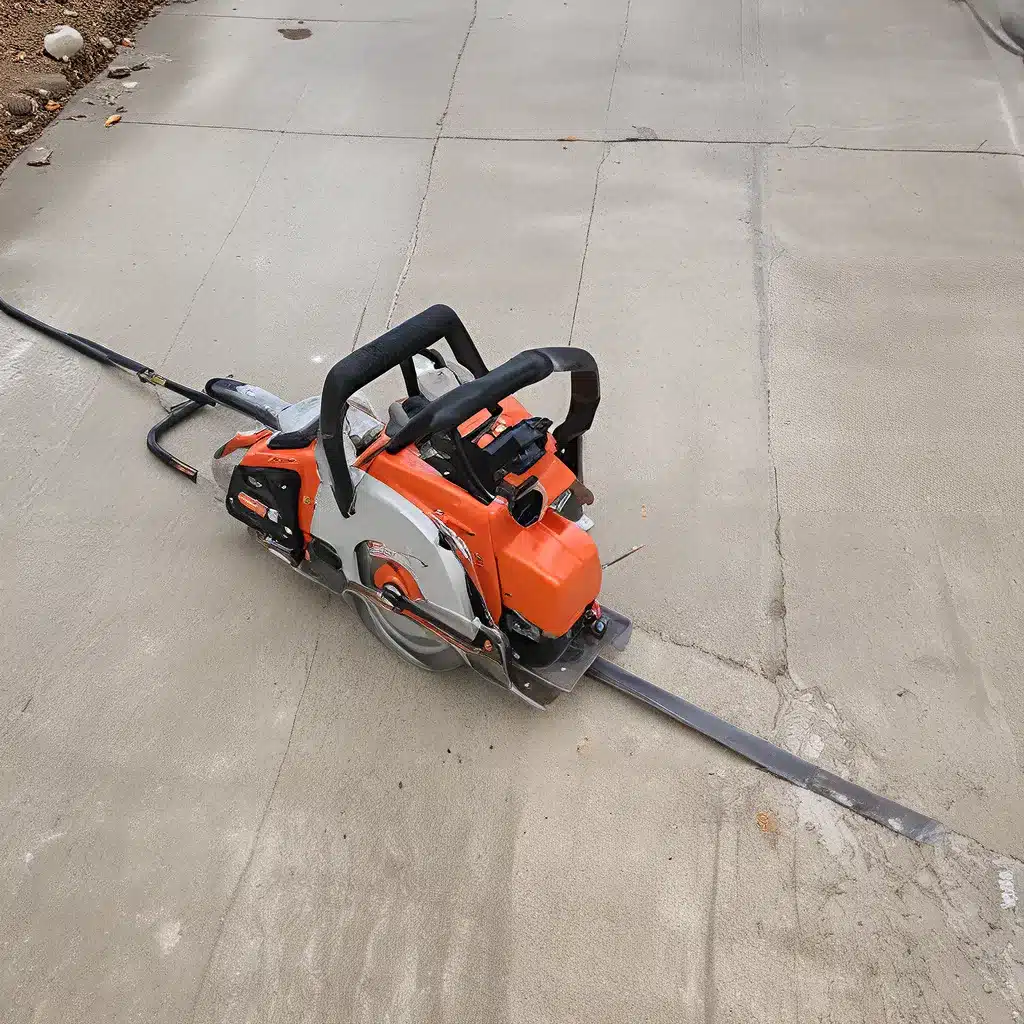
When it comes to concrete work in Kansas City, safety should be the top priority. From residential driveways to commercial construction projects, the potential dangers of concrete cutting and demolition are a serious concern that cannot be overlooked. In this comprehensive guide, we’ll explore the critical safety considerations, discuss the best practices for concrete cutting, and provide expert insights to help homeowners and contractors in Kansas City navigate this crucial aspect of concrete services.
Understanding the Risks of Concrete Cutting
Concrete cutting is a necessary and common task in the world of construction and home improvement, but it’s not without its risks. The process of cutting, grinding, or demolishing concrete can generate a significant amount of dust and debris, which can pose serious health hazards if proper precautions are not taken. Exposure to concrete dust can lead to respiratory problems, skin irritation, and even long-term conditions like silicosis, a debilitating lung disease.
In addition to the health risks, the physical act of concrete cutting can also be dangerous. Powerful concrete saws and other equipment can cause severe injuries if not handled with the utmost care and precision. Falling debris, kickback from the saw, and the potential for electric shocks are all very real dangers that must be addressed.
Ensuring Compliance with Local Regulations
Before embarking on any concrete cutting project, it’s crucial to understand and comply with the local regulations and building codes in Kansas City. These guidelines are in place to protect both the workers and the public, and failure to adhere to them can result in hefty fines or even legal consequences.
In Kansas City, the Kansas City Concrete Paving Company notes that contractors must obtain the necessary permits and follow strict safety protocols when it comes to concrete cutting and demolition. This includes adhering to noise ordinances, proper disposal of waste, and implementing dust control measures.
Choosing the Right Concrete Cutting Equipment
The type of equipment used for concrete cutting can have a significant impact on the safety and effectiveness of the job. Wet-cutting saws, for example, are often preferred over dry-cutting saws as they generate less dust and help to keep the work area more controlled.
When selecting concrete cutting equipment, it’s essential to consider factors such as blade size, power, and safety features. High-quality, well-maintained tools are crucial to minimizing the risks associated with concrete cutting. Proper training and certification for operators is also a must, as they need to be able to handle the equipment safely and efficiently.
Implementing Effective Dust Control Measures
Concrete dust is a notorious health hazard, and it’s crucial to have a comprehensive dust control plan in place before any cutting or demolition work begins. This may include the use of vacuum attachments, water suppression systems, and specialized containment barriers to capture and contain the dust at the source.
In addition to the equipment, it’s essential that workers wear appropriate personal protective equipment (PPE), such as respirators, goggles, and coveralls. This not only protects the workers themselves but also helps to prevent the spread of dust to surrounding areas.
Minimizing Noise and Vibration Impacts
Concrete cutting can be an extremely noisy process, and the vibrations generated by the equipment can also pose a safety concern. Excessive noise and vibration can lead to hearing damage, musculoskeletal issues, and even structural damage to nearby buildings.
To mitigate these risks, it’s important to choose quieter, low-vibration equipment whenever possible. Additionally, sound-dampening barriers and vibration-absorbing mounts can be used to help control the noise and vibrations. Scheduling concrete cutting work during off-peak hours can also help to minimize the impact on the surrounding community.
Proper Disposal of Concrete Waste
The proper disposal of concrete waste is not only an important safety consideration but also an environmental one. Concrete debris can be hazardous and must be handled with care to prevent it from contaminating the soil or water sources.
In Kansas City, contractors are required to dispose of concrete waste at designated facilities that are equipped to handle and process the material safely. Homeowners and smaller-scale projects may also need to consider the cost and logistics of concrete waste removal, as improper disposal can lead to hefty fines or even legal action.
Conclusion: Prioritizing Safety in Concrete Cutting
Concrete cutting and demolition in Kansas City can be a complex and potentially dangerous undertaking, but with the right knowledge, equipment, and safety protocols, it can be done safely and effectively. By understanding the risks, complying with local regulations, and implementing best practices, homeowners and contractors can navigate the concrete cutting conundrum with confidence and ensure the safety of their workers, their customers, and the surrounding community.
Remember, when it comes to concrete services in Kansas City, safety should always be the top priority. By prioritizing safety, you can not only protect your team and your clients but also maintain a strong reputation and trust within the local community.
For more information on concrete services and safety best practices in Kansas City, be sure to visit Concrete Contractor Kansas City or speak with a qualified concrete professional in your area.

